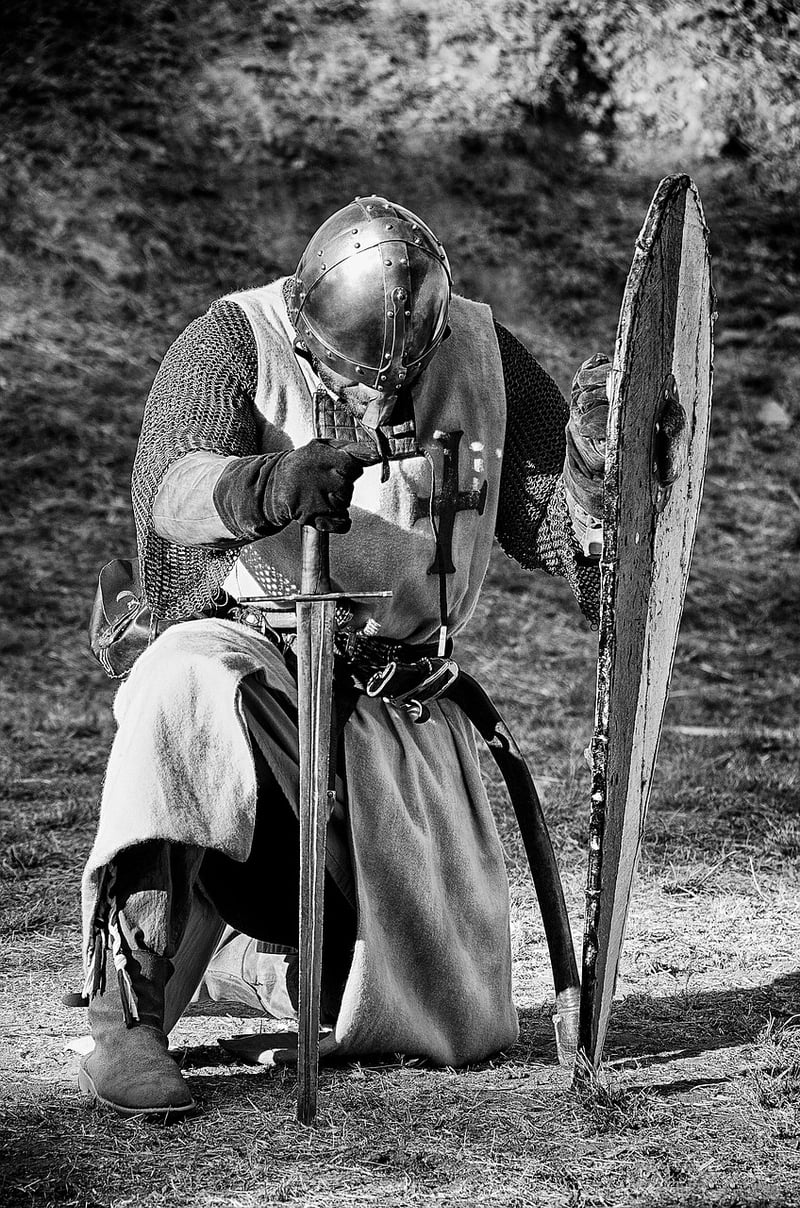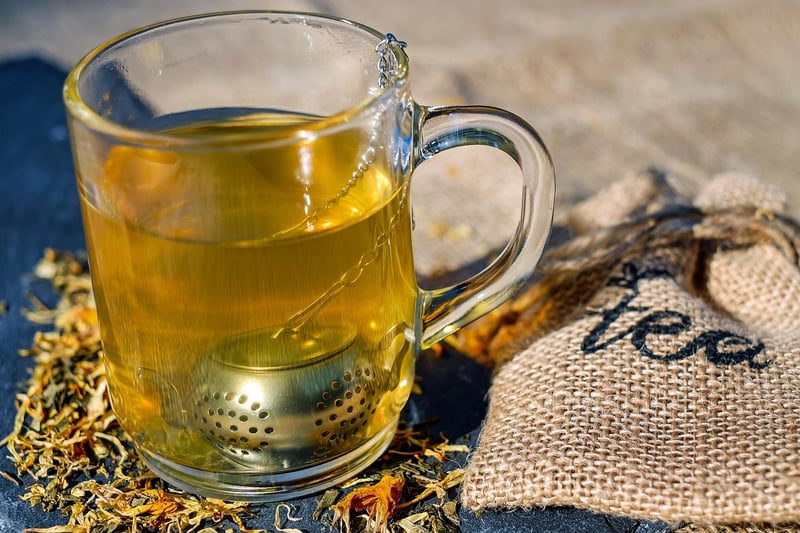Historical Meals
Uncover Culinary Past: Exploring Historical Meals
Food is not just sustenance; it's a reflection of culture, history, and tradition. Exploring historical meals allows us to delve into the culinary past and understand how societies evolved through their food practices.
The Importance of Historical Meals
Historical meals offer a glimpse into the daily lives of people from different eras. They provide insights into agricultural practices, trade routes, cooking methods, and the social significance of various ingredients. By studying historical meals, we can connect with our ancestors and appreciate the diverse culinary heritage that has shaped our modern food culture.
Examples of Fascinating Historical Meals
Let's take a culinary journey through time and explore some intriguing historical meals:
1. Ancient Roman Feast
Step into the lavish world of ancient Rome with a feast fit for emperors. From exotic dishes like roasted dormice to honey-glazed seafood, Roman banquets were a display of culinary opulence and sophistication.

2. Medieval Banquet
Experience the grandeur of a medieval banquet complete with roasted meats, spiced pies, and elaborate desserts. Feasting was a central part of medieval celebrations, symbolizing wealth and hospitality.

3. Victorian High Tea
Indulge in the elegant tradition of Victorian high tea with delicate sandwiches, scones with clotted cream, and a selection of fine teas. High tea became a fashionable social event during the Victorian era, showcasing refinement and luxury.

Exploring Historical Meals Today
While these historical meals may seem like relics of the past, many culinary enthusiasts and historians recreate them to keep traditions alive. By experiencing historical meals through reenactments or themed events, we can appreciate the flavors and stories behind each dish.
Whether you're passionate about history, food, or both, delving into historical meals is a fascinating journey that connects us to our shared human experience through the universal language of food.
